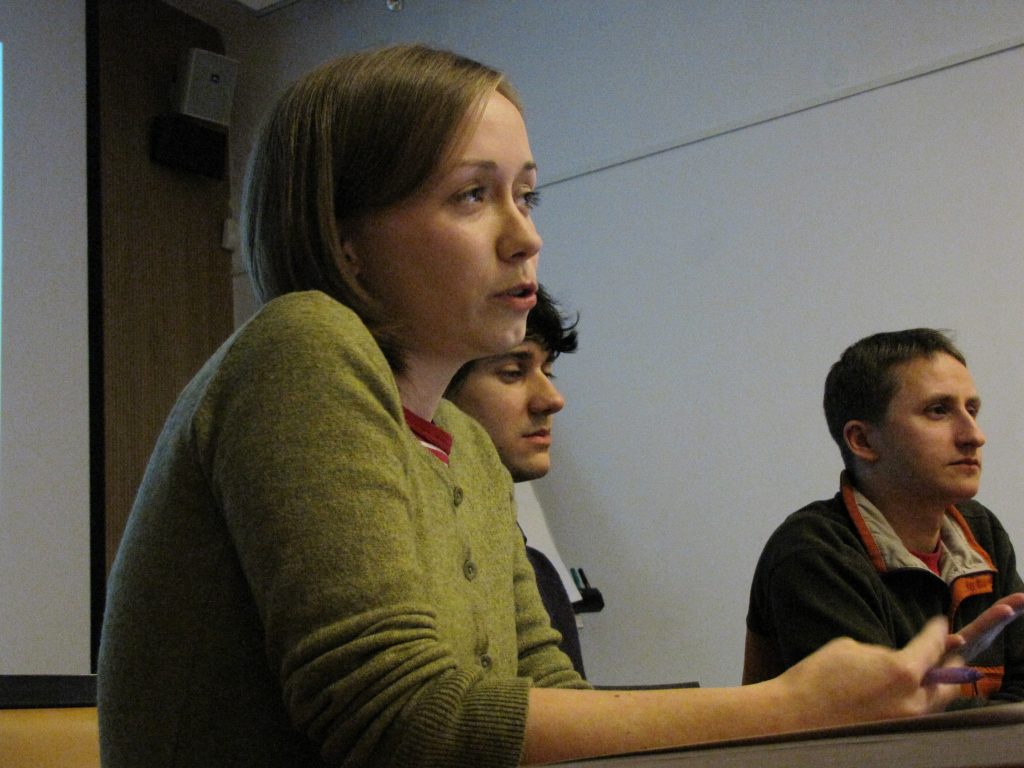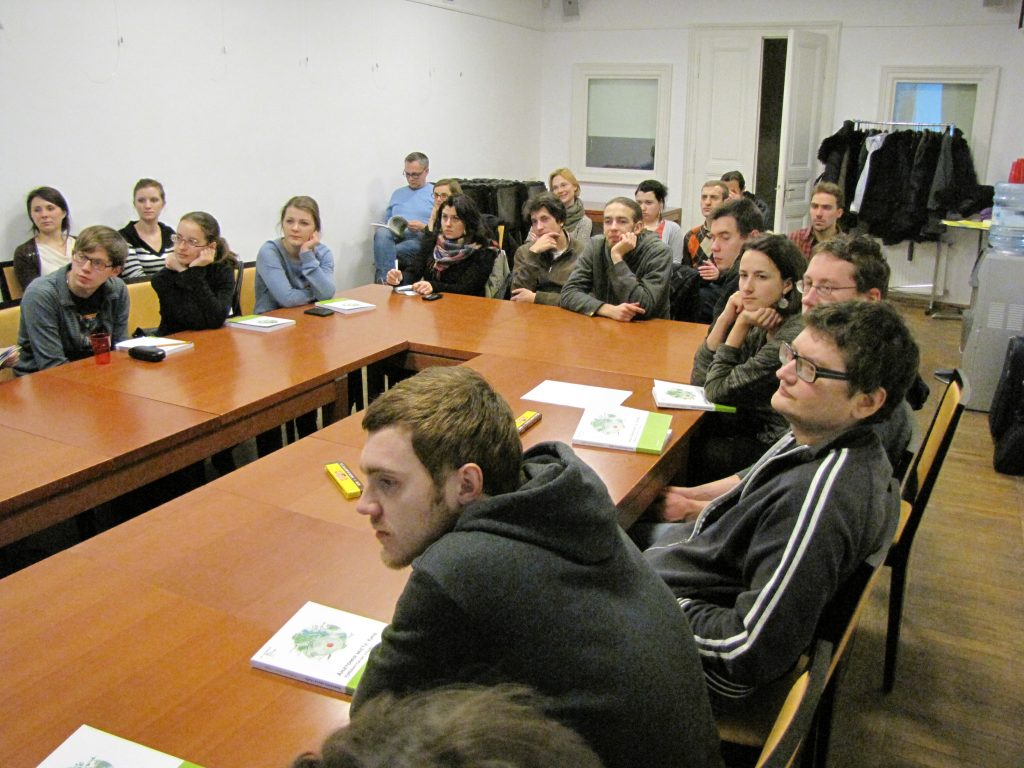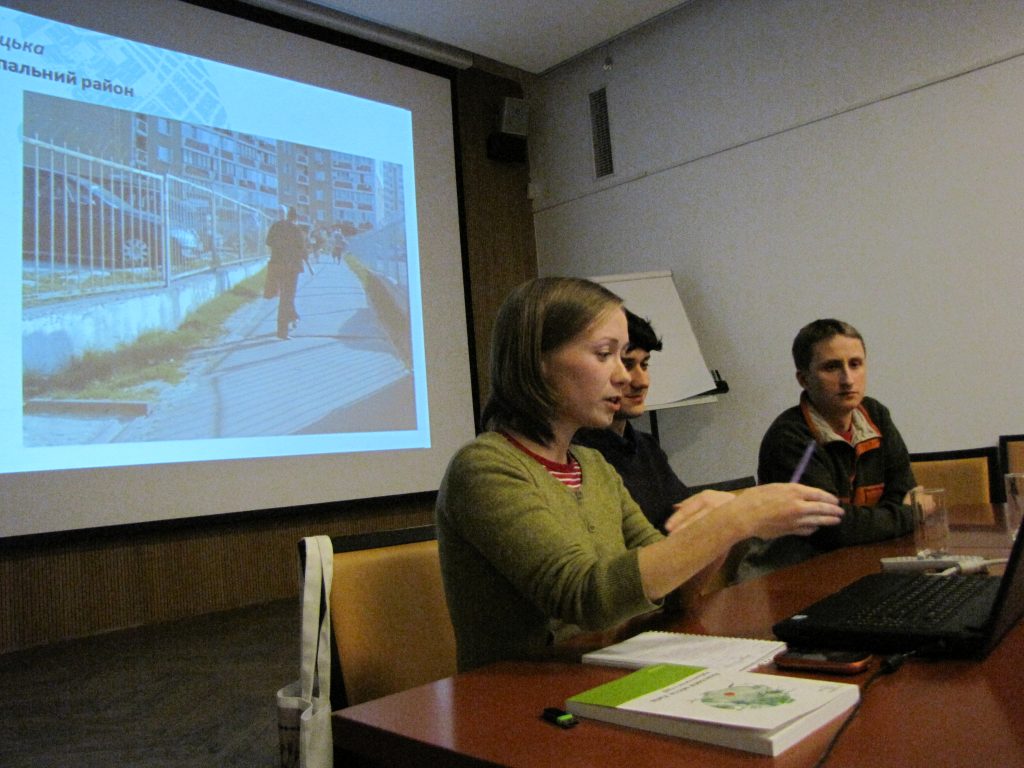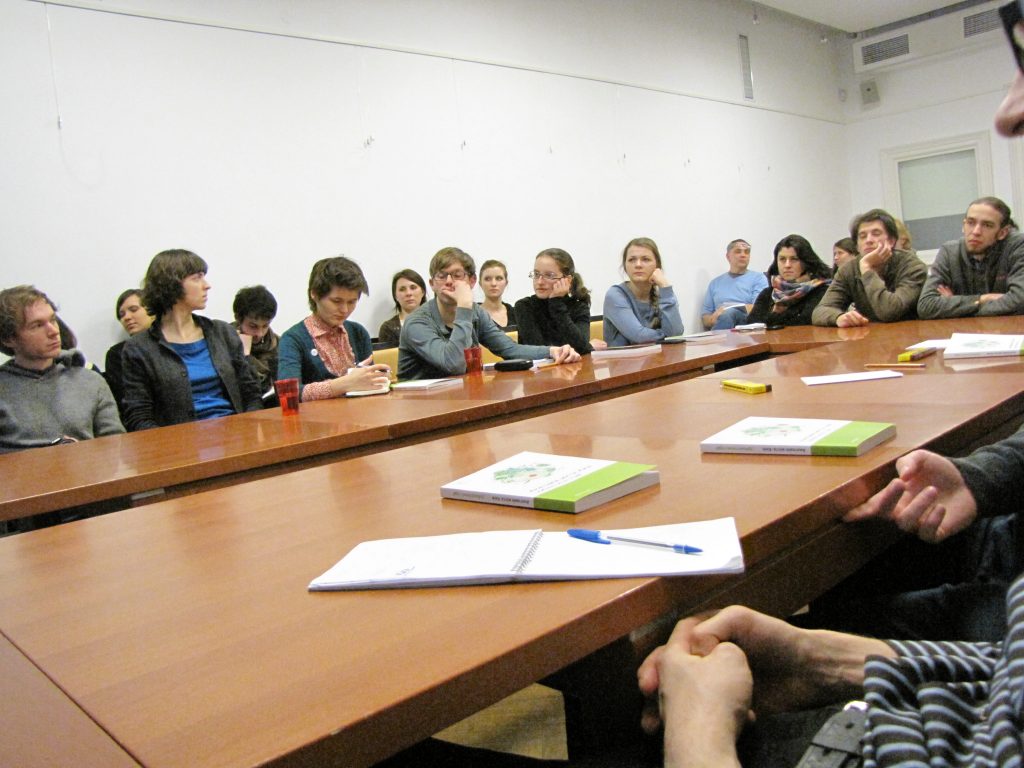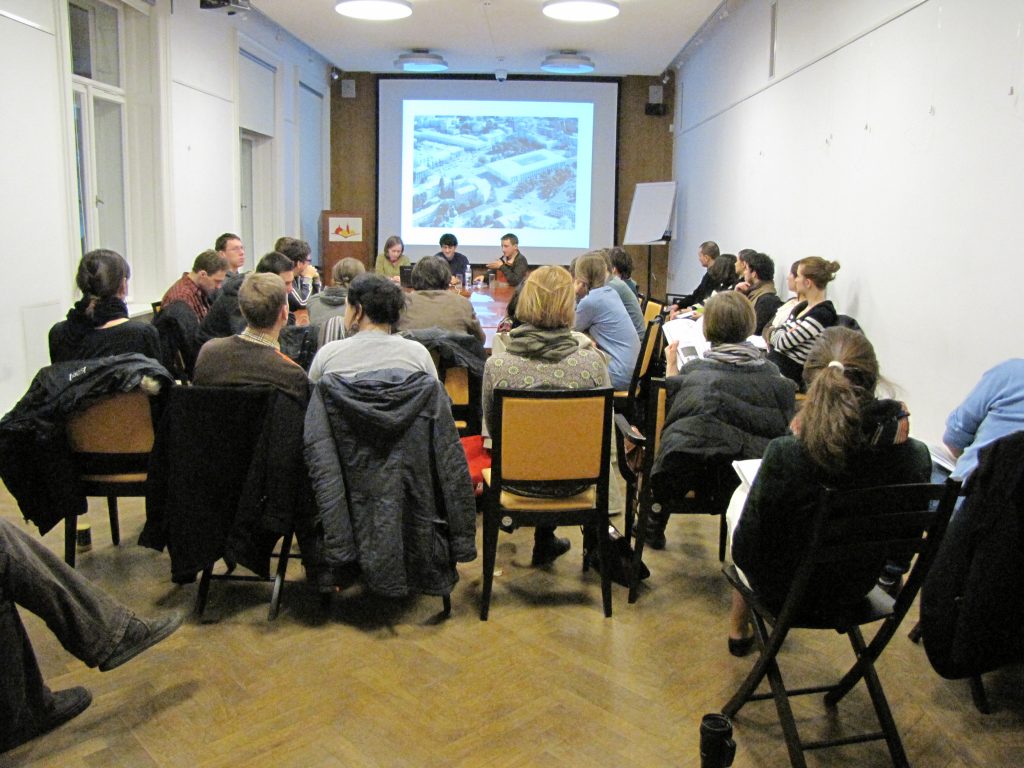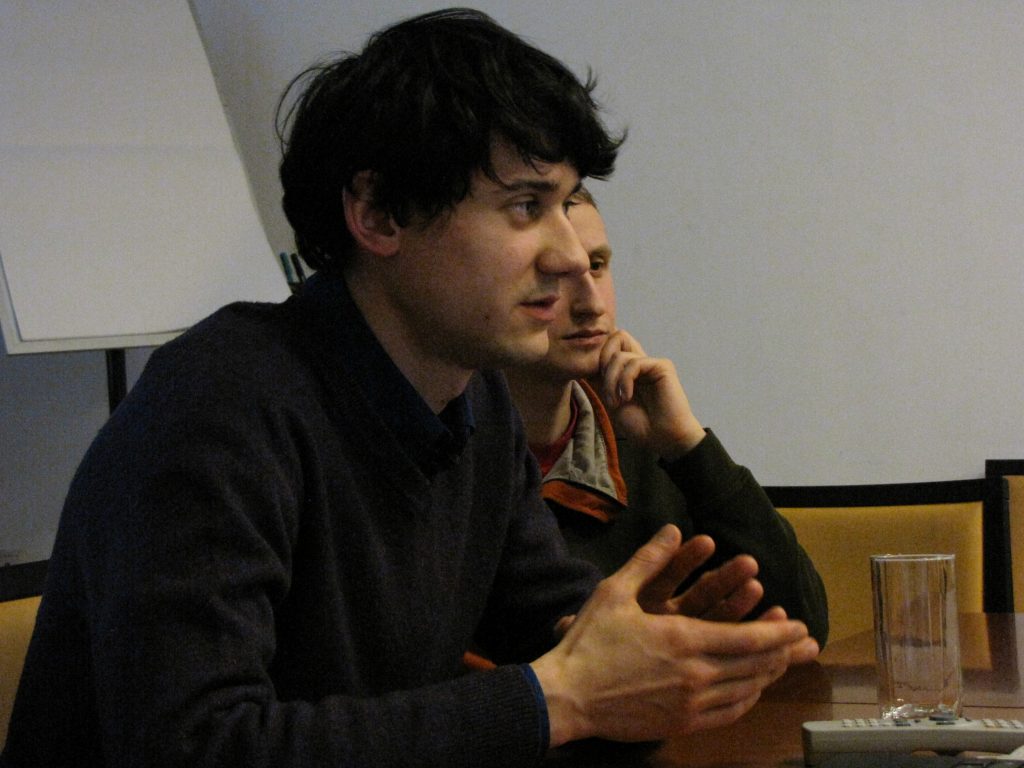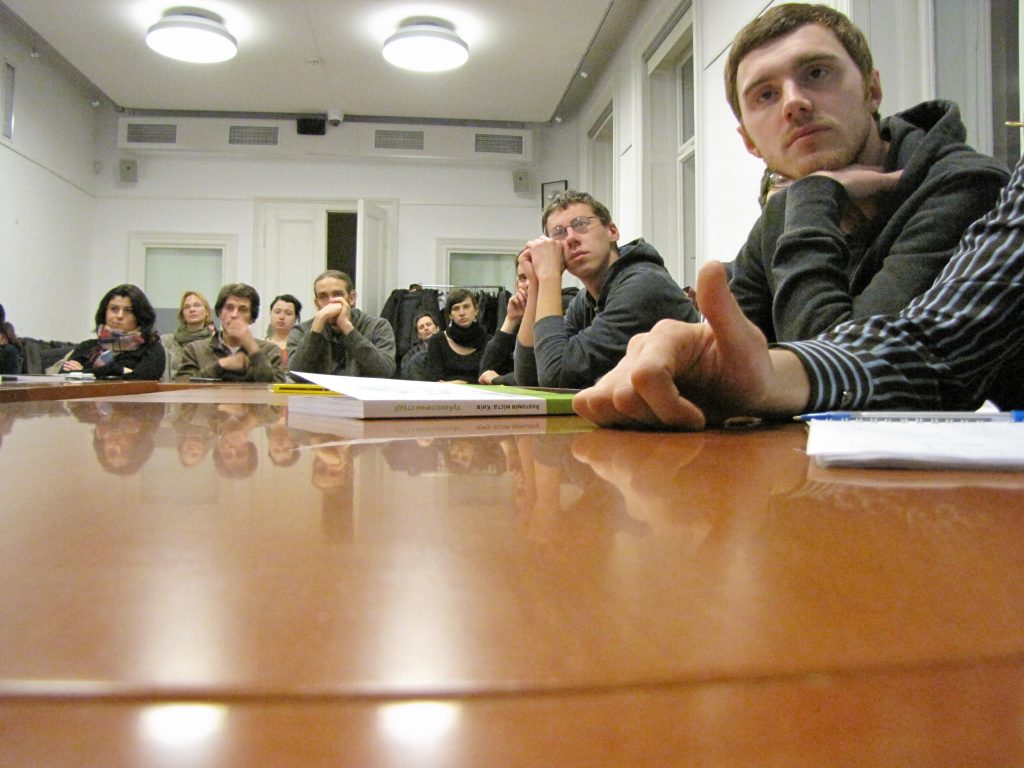Presentation of the Urban Studies journal "The Anatomy of a City: Kyiv"
February 7, 2013
Center for Urban History, Lviv
Certainly each of us, at one time or another, has entertained the question of why the cities in which we live look the way they do and not some other way. What compels us to return time and again to one particular city while completely bypassing dozens of others? Is the architecture of our city merely an accessory of our social milieu, or is it capable of more, for instance, capable of altering the public conception, or even of suggesting possible alternative modes of development among long-established systems of societal interaction?
When the conversation turns to the analysis of urban transformation, the less-than-hearty condition of a scholarly pursuit of urban studies at the national academic level in Ukraine is particularly troubling. The absence of an agreed-upon terminology, methods of instruction or a clearly defined basis for dialogue militate against both a systematic examination of the question, and the development of an effective plan of action. This initial publication in the journal of urban studies serves as an attempt to guide the discussion regarding the development of the city of Kyiv along professional, and practical, lines.
The metaphor of ‘the body’ as employed in the title of the series is related to the search for a structure capable of encompassing the greater part of urban processes and a means of comprehending them. As in an anatomical dictionary, we isolate the various parts of urban ‘body’, but also scrutinize them as a part of the whole. The study proceeds through varying stages of examination, from a more comprehensive overview of the urban organism and on to issues affecting a particular locale.
Study materials are divided into the segments – "City", "Region", "Square", and "Street" – which correspond thematically to the scope of the material under consideration. As if placing an entire city under a magnifying glass.
In addition to Ukrainian translations of noted classic and contemporary western works on urban studies, readers will discover herein original articles, essays, interviews, project descriptions, and photo materials which should prove beneficial to both the academic community and to those among the general public with an interest in urban studies.
This year will also see the release of the second issue of the journal of urban studies, with publication scheduled for late autumn.

